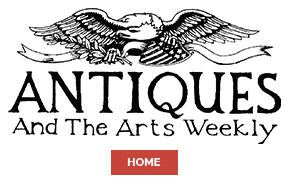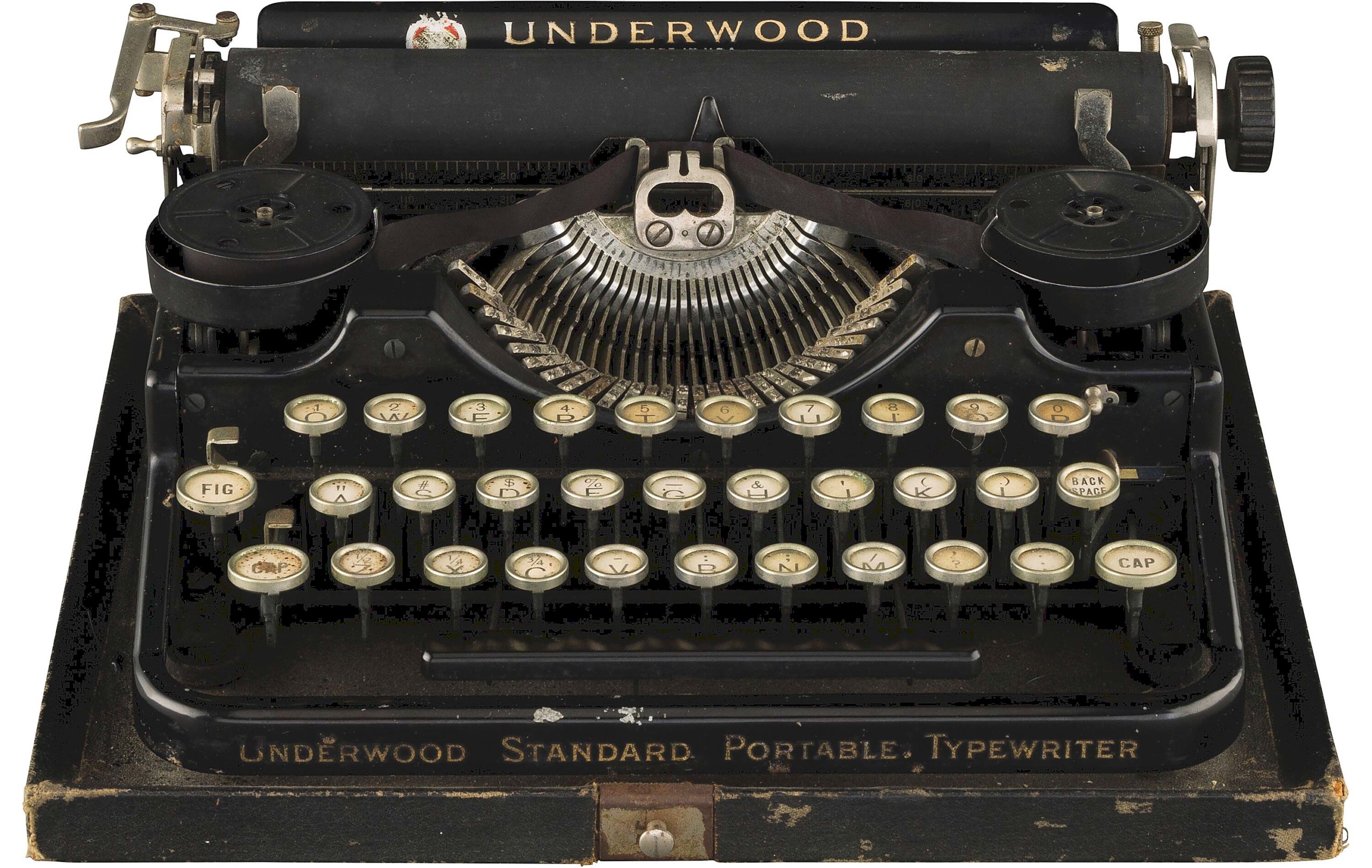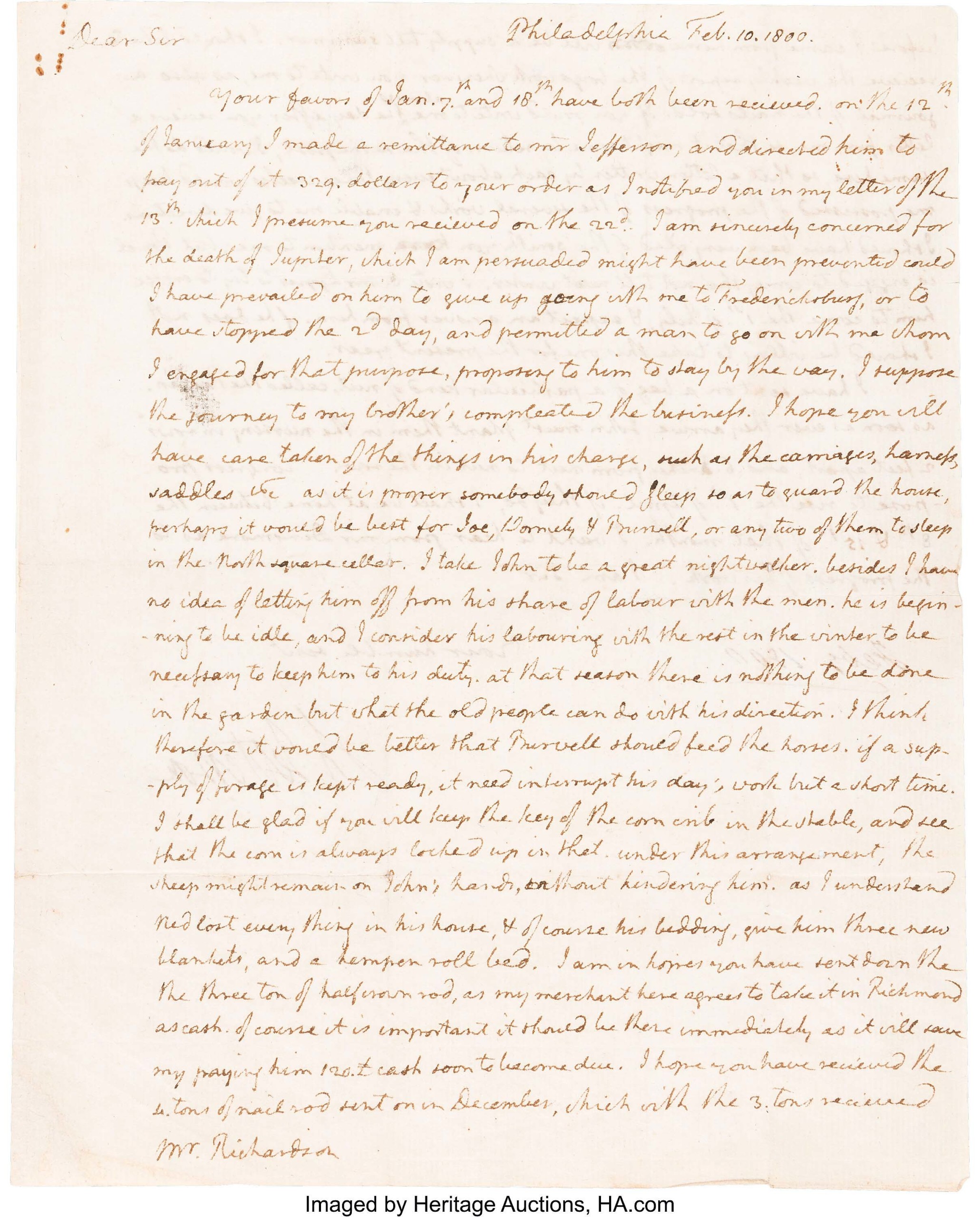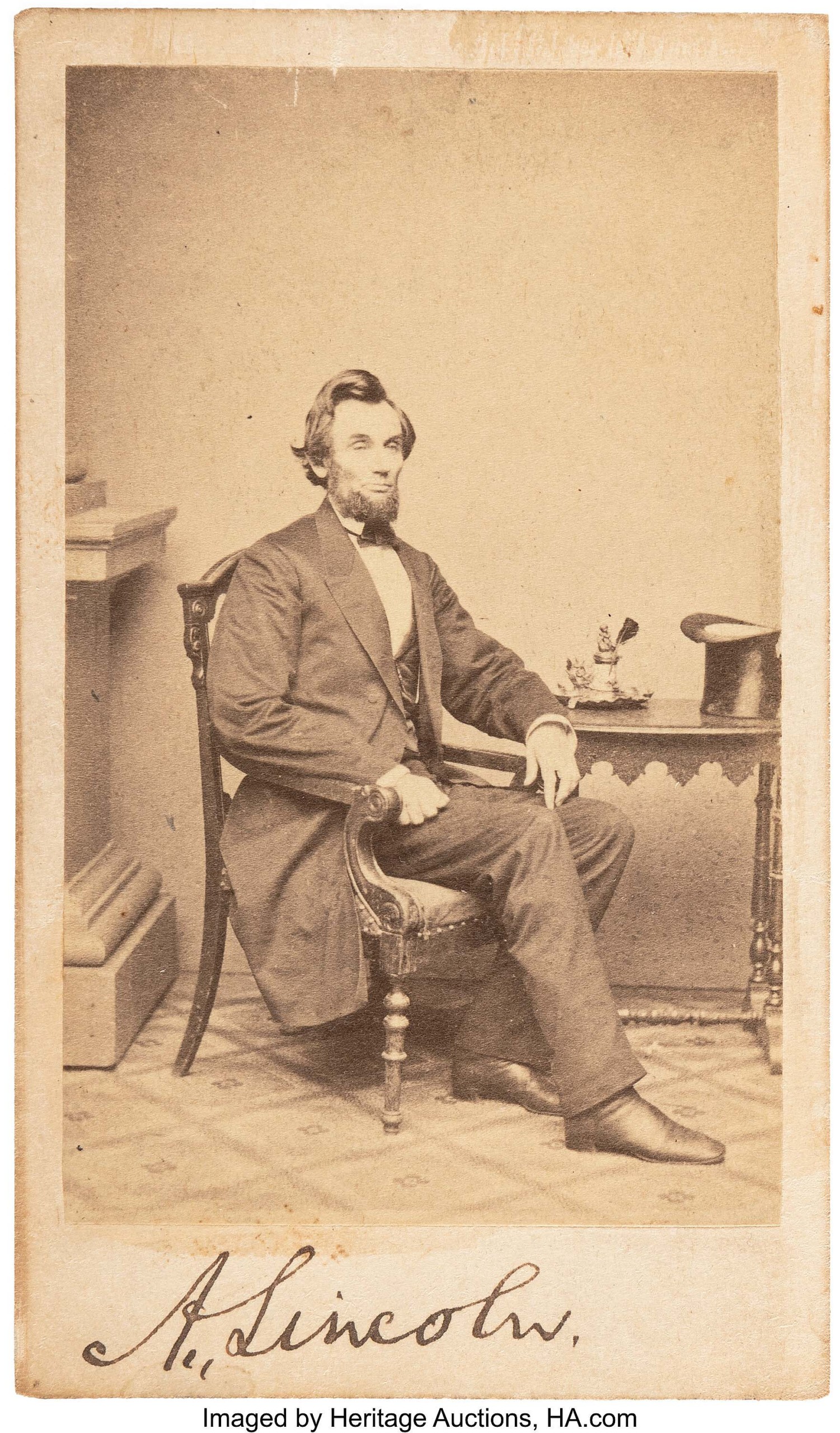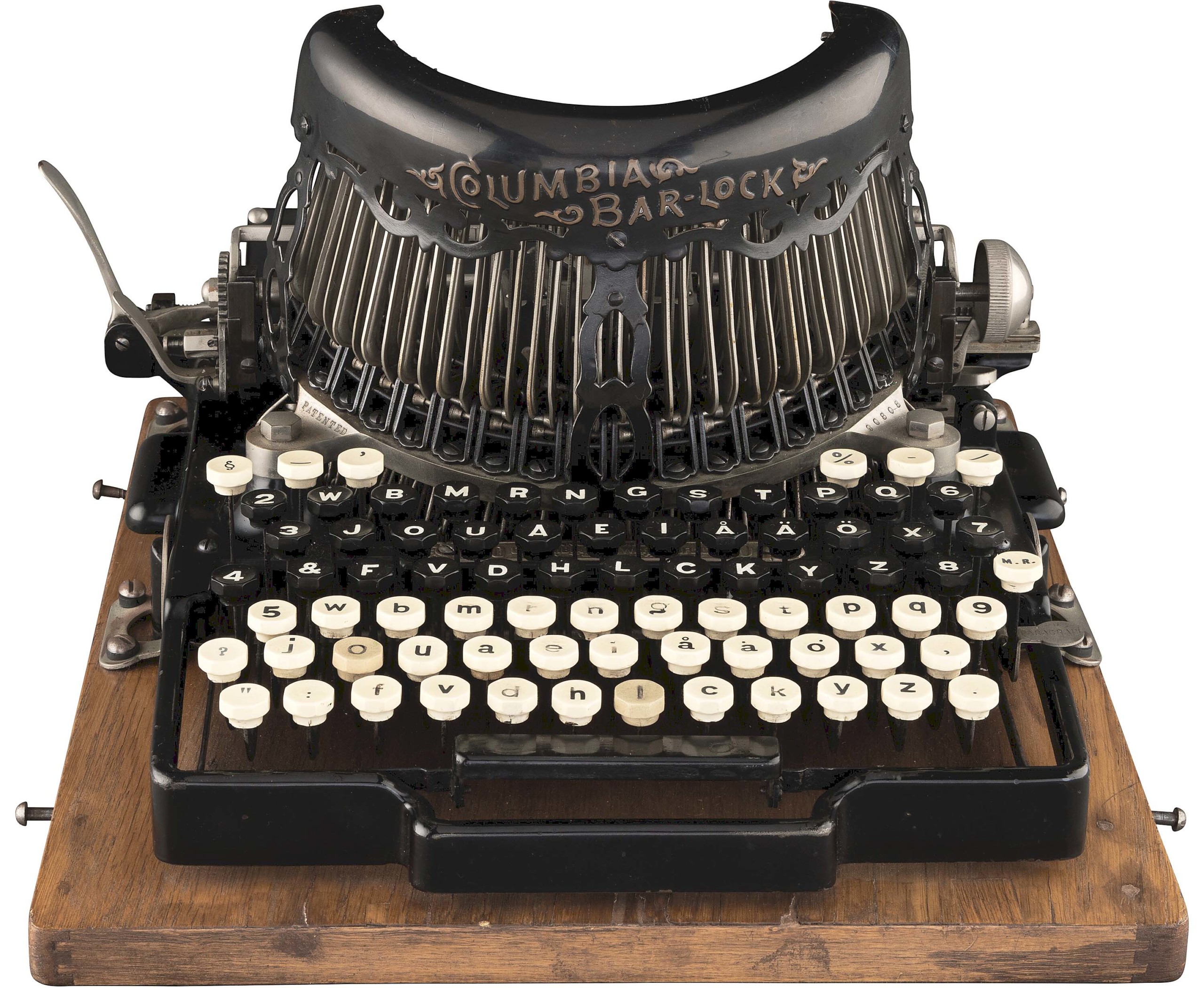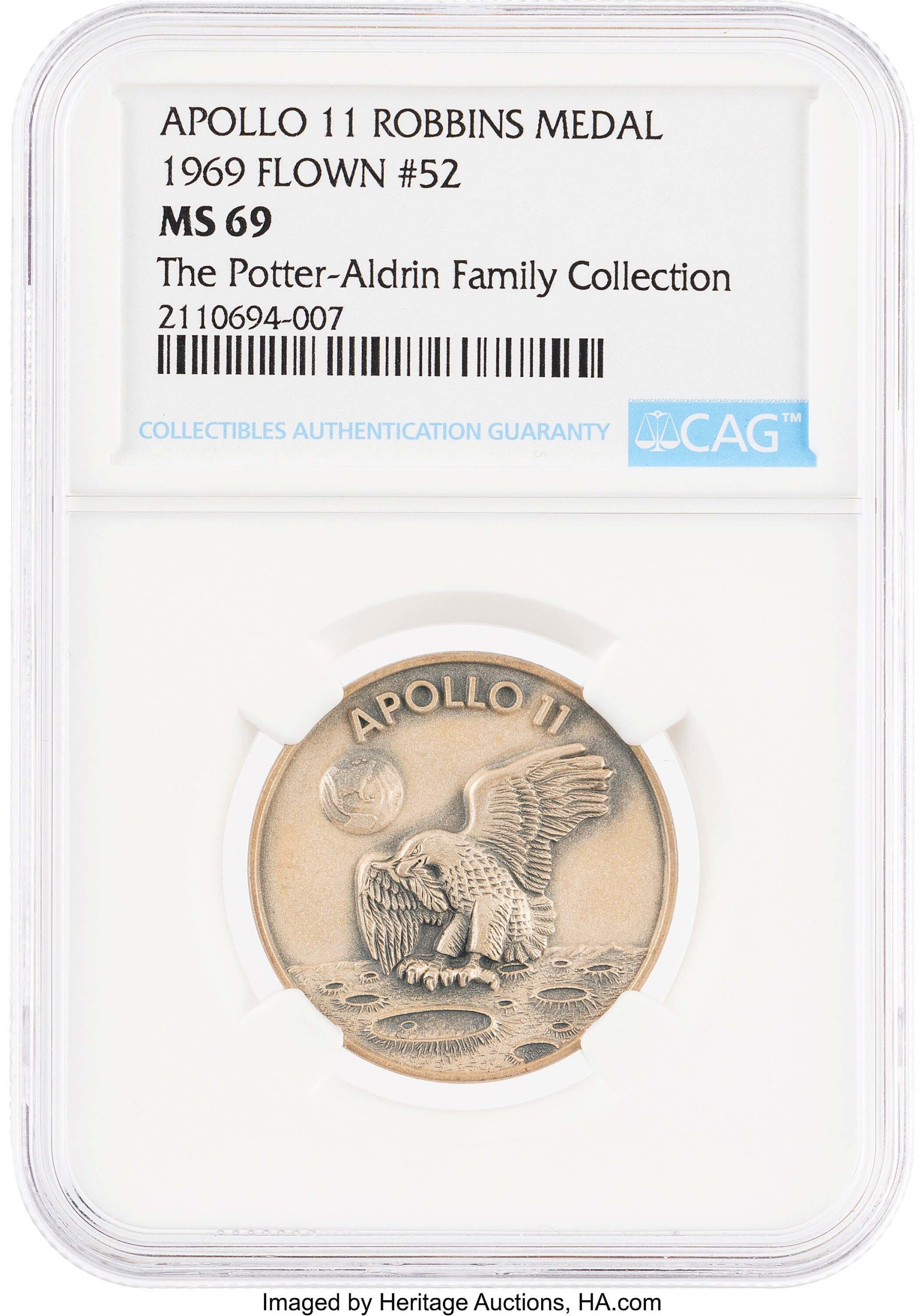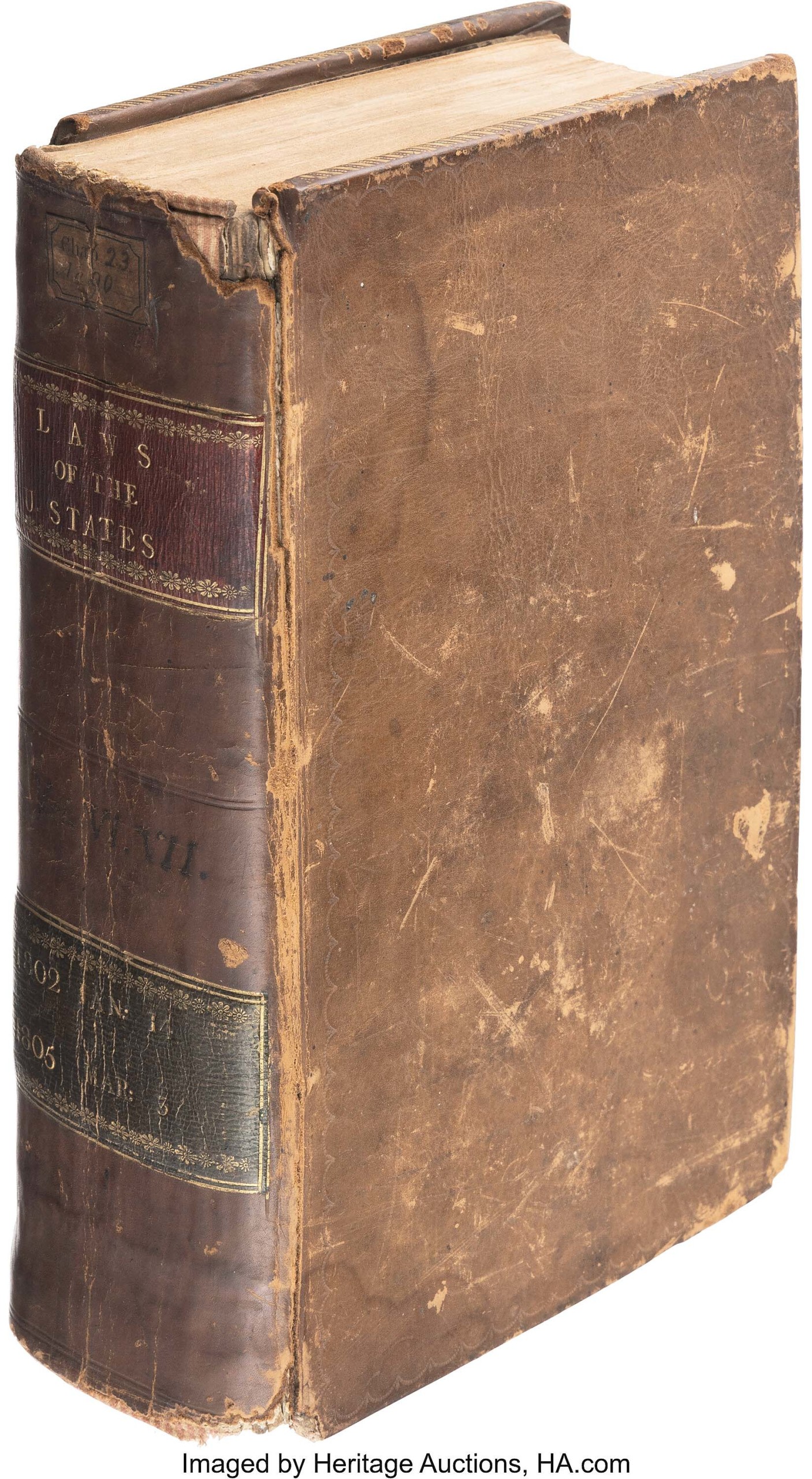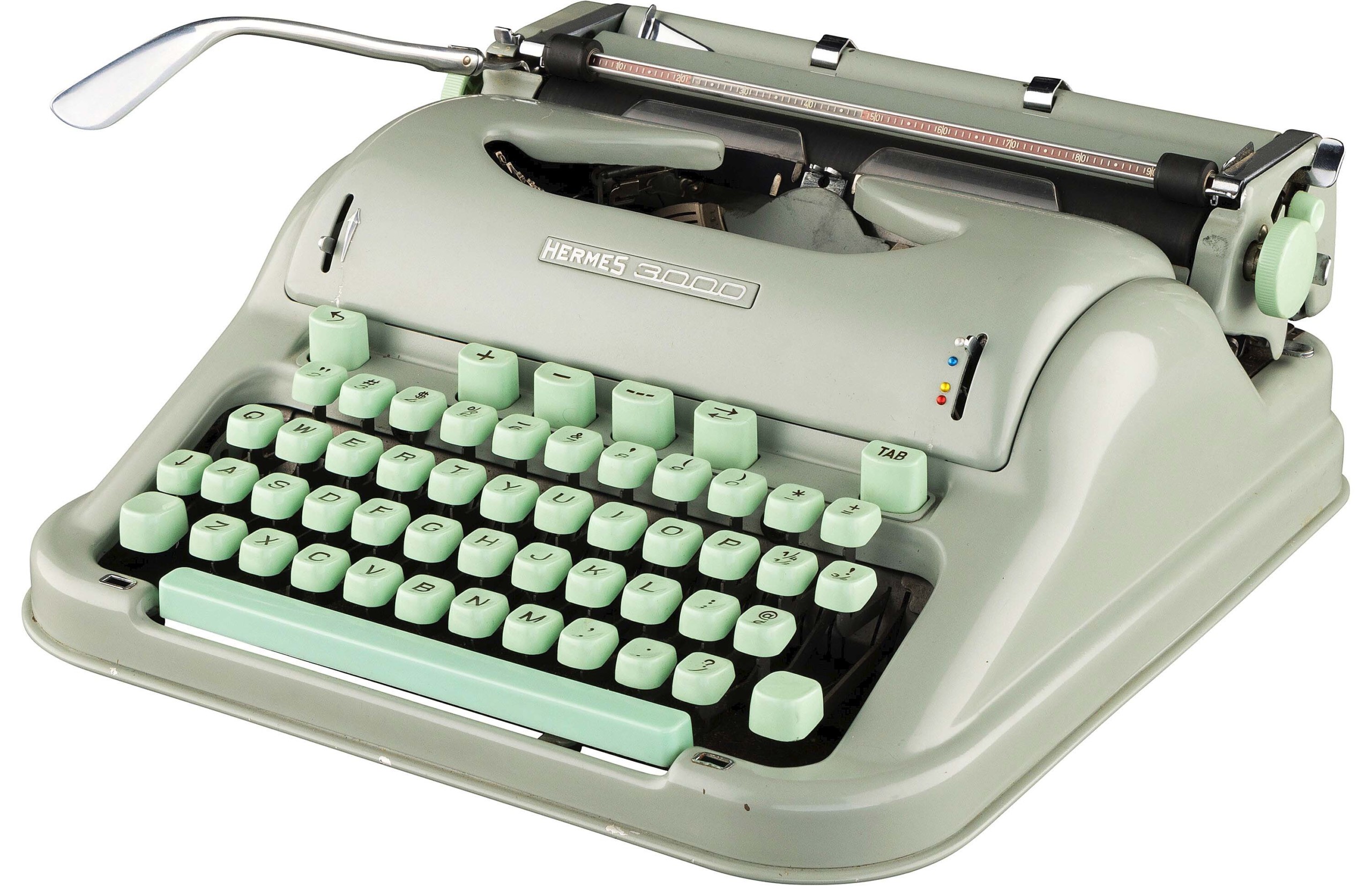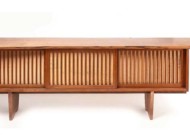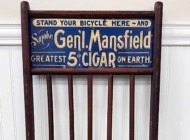
“I was very pleased to offer it,” Curtis Lindner said when commenting on the presentation sword given to General Ulysses S. Grant in 1864. It earned $375,000 and the sale’s top price.
Review by Madelia Hickman Ring; Photos Courtesy Heritage Auctions
DALLAS — Just 103 lots were included in Heritage Auctions’ December 15 Historical Platinum Session Signature sale, but such was the caliber of the lots — and interest they generated — that the sale achieved a strong $2,095,150 total.
“It was a very good sale,” confirmed Curtis Lindner, Heritage Auctions’ director of Americana. “We had some really great items. The market for singular and unusual collectibles is very strong right now.”
“Great” is an understatement for the sale’s top lot, a presentation sword made by St Louis silversmith and jeweler Henry Folsom that was given to General Ulysses S. Grant in 1864, upon his promotion to general in chief of the Union Armies. Silver and gold jeweled, the sword had long been recognized for its craftsmanship and value; the April 16, 1864, Richmond Examiner declared it “A “Magnificent Sword For General Grant!” while the St Louis Dispatch claimed it to be “The Most Beautiful And Costly Sword Yet Manufactured In This Country.” Such accolades augmented the sword’s already extensive provenance — it remained in the Grant family until the 1960s — and exhibition history, which included the Virginia War Memorial Museum, the Liberty Heritage Society Museum and two collectors’ shows in which it won “Best” honorifics. It brought $375,000, the highest price of the day.
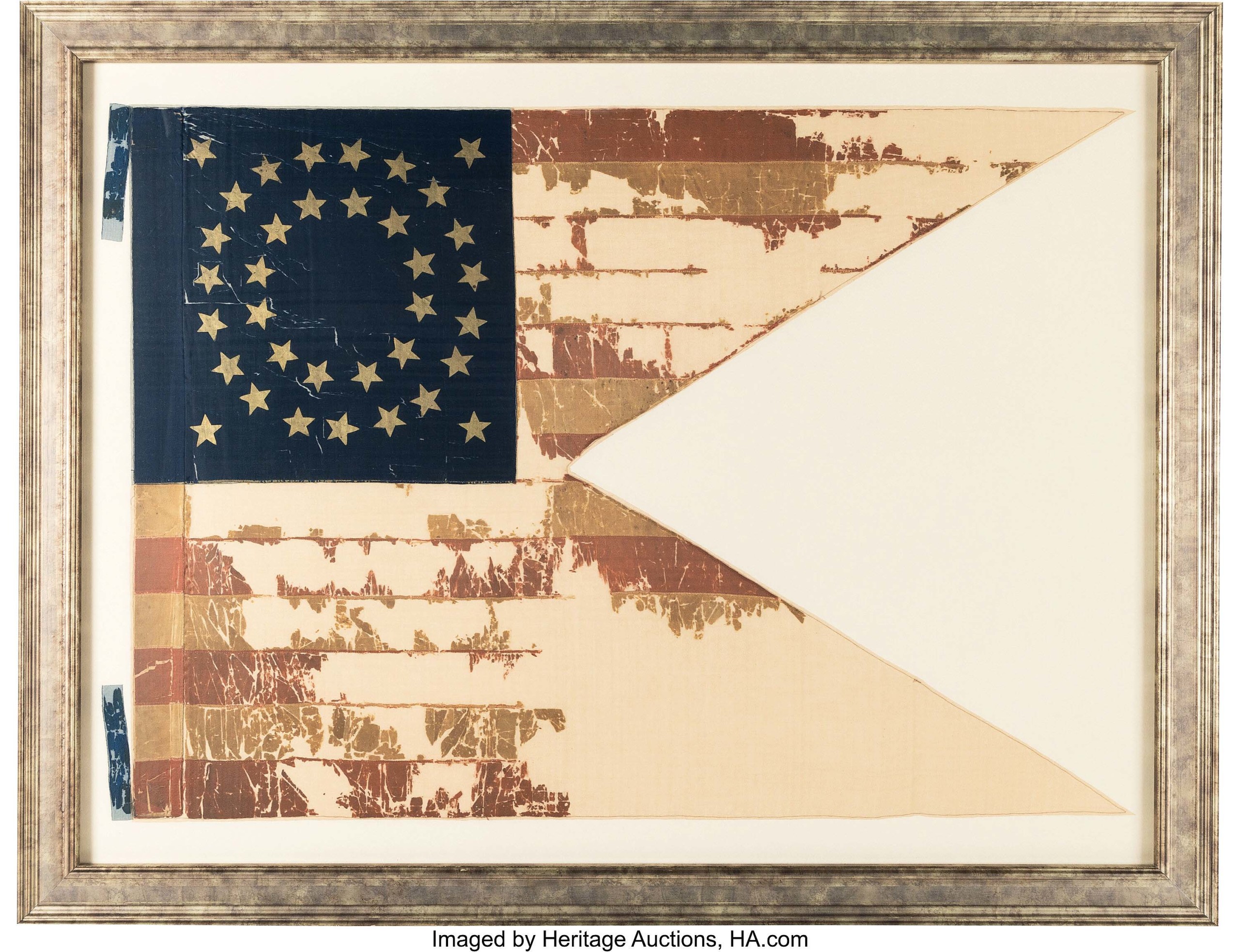
This guidon was originally carried by Captain Julius W. Mason of the Fifth Regiment US Cavalry, a bodyguard for General Ulysses S. Grant in March 1864. After the surrender of Lee at Appomattox, the flag was given to Colonel Robert Orr. It made $32,500.
Flying to $32,500 was a 35-star forked pennant or guidon that had been carried at the Appomattox, Va., courthouse by a member of Grant’s bodyguard when General Robert E. Lee formerly surrendered on April 9, 1865.
A new world auction record for a carte de visite (CDV) of Abraham Lincoln was set at $181,250. The example in the sale was prominently signed along the bottom but what really distinguished it from other CDVs of Lincoln was an inscription by Lincoln’s secretaries on the back that read, “I certify that the President’s signature is genuine. John Hay.” Taken on February 24, 1861, about a week before Lincoln’s March 4 inauguration, it descended in the family for generations and was being offered for sale for the first time. Presale interest translated to a few phone lines competing against online bidders, with Lindner’s phone bidder having the winning bid.
More than 150 years after his death, artifacts connected with the 16th president of the United States continues to attract interest and high prices. Related lots include a partially printed document appointing William C.S. Smith as Collector of Internal Revenue for the Fifth Collection District of California on April 13, 1865. Smith would later inscribe the bottom left corner with the words, “The last official act of Mr Lincoln was to affix his signature to this instrument at 3.30 pm. In company into Hon R.C. Schenk and Senator [John] Conness. I called on the President at 1 pm and was appointed by his personal order to this office. Immediately after signing this Mr Lincoln rode out with General Grant, the 14th was a Holiday all Government offices were closed. That evening Mr Lincoln was assassinated. I was in Washington. W.C.S. Smith.” While the declaration that the appointment was Lincoln’s “last official act” was not confirmed in the catalog, it achieved $52,500.

A handwritten inscription in the lower left hand corner declares this signed appointment to be Abraham Lincoln’s “last official act” the afternoon of April 13, 1865, hours before Lincoln would be assassinated at Ford’s Theatre. Collectors chased it to $52,500.
Bringing $50,000 was a letter written by Lincoln to Secretary of the Treasury Salmon Chase on February 12, 1864, in which he criticized Chase for the behavior of Chase’s operatives at the New York Customs House, then under investigation for corruption.
A draw for the twice-annual event was a group of 33 typewriters from the collection of Steven L. Soboroff, who, over the course of nearly 20 years, created a 40-piece selection the press dubbed “The World’s Greatest Typewriter Collection.” Apparently motivated by trying to collect typewriters whose owners “appeared on the cover of Time magazine,” he had machines that had belonged to such literary giants as Ernest Hemingway and Jack London to Hollywood celebrities Julie Andrews, Tom Hanks, Bing Crosby and Shirley Temple. For those whose tastes run towards the more notorious original owner, Soboroff’s collection also included a machine used by Ted Kaczynski (the Unabomber), Hugh Heffner and Dr Jack Kevorkian. Prior to sending his collection to Heritage, Soboroff donated six writers to the Smithsonian and one to a museum in Los Angeles.
Hemingway’s 1926 Underwood Standard Portable typewriter, which Soboroff acquired from Christie’s in 2011, brought the most, a cool $162,500. Hugh Heffner’s 1962 Royal Empress brought $30,000 and a 1902 Bar-Lock #10 that belonged to Jack London typed out a $11,250 bid, just ahead of the $10,625 for George Bernard Shaw’s 1924 Remington Noiseless 7x. The least expensive writer achieved $625 and had belonged to physicist Samuel T. Cohen.
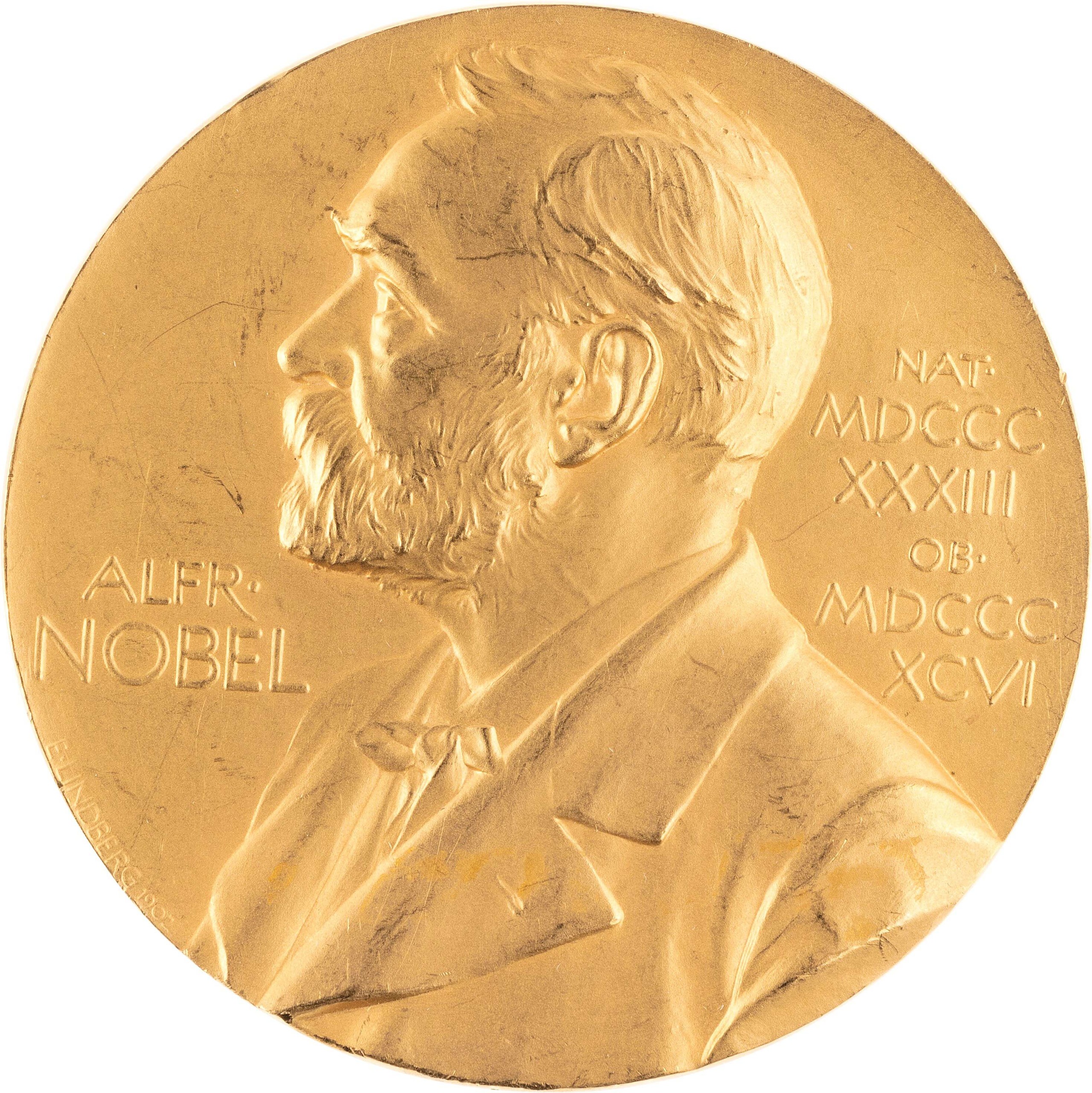
In 1948, Arne W.K. Tiselius won the Nobel Prize medal in chemistry for his work on electrophoresis and adsorption analysis. His 23K gold medal, which measures approximately 2-5/8 inches diameter, sold for $125,000.
The 23K gold Nobel Prize medal given to Swedish biochemist Arne Wilhelm Kaurin Tiselius (1902-1971) in 1948 for chemistry brought $125,000. Heritage’s cataloging for the medal notes that the first public auction sale of one took place in 1985; since then, fewer than a dozen examples have crossed the auction block. The seller had acquired the medal from Tiselius’s family in a 2008 private sale; a receipt from that sale accompanied the medal.
What would you give for Thomas Jefferson’s personal and annotated copy of The Laws of the United States of America? An octavo copy for the Seventh and Eighth Congresses that combined volumes VI and VII and that had been owned by Jefferson during his presidency brought $112,500. More lots for Jefferson collectors followed with, for $62,500, a letter written by the third president to an overseer at Monticello expressing regret at the death of long-time enslaved person, Jupiter Evans.
Not everything in the sale had significant age. Bringing $42,500 was a sterling silver Robbins medallion that had been flown onboard Apollo 11 that had been in the Potter-Aldrin family and was noted to be “the finest example Heritage has ever auctioned.” It had originally belonged to mission lunar module pilot Buzz Aldrin and given to his sister, Fay Ann Potter.
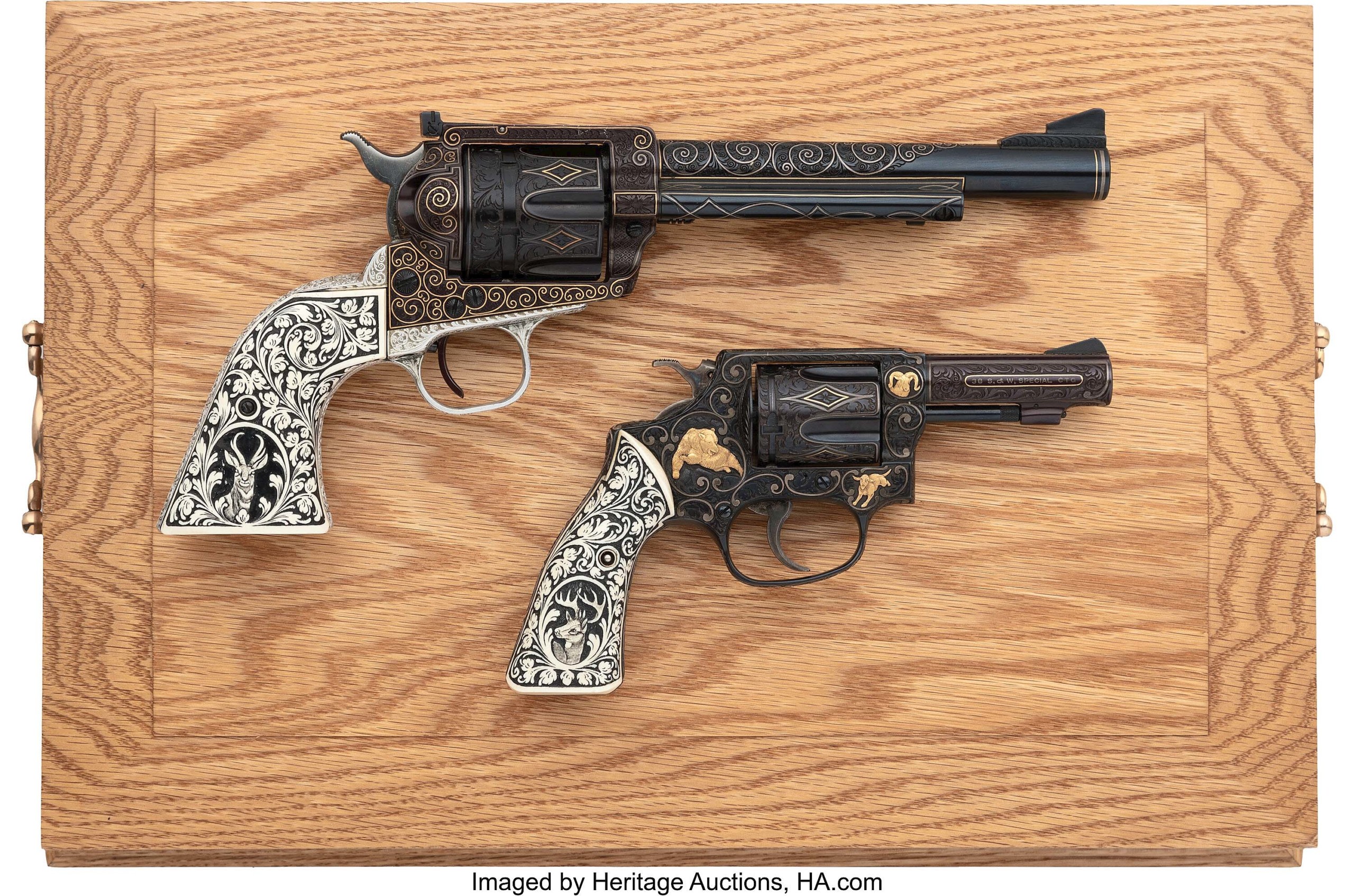
These Ruger Blackhawk and Smith & Wesson revolvers had been engraved by the Frederick Wilhelm Heym Company of Germany and owned by Elvis Presley. The two-gun lot rose to $100,000.
A set of elaborately engraved Ruger Blackhawk and Smith & Wesson revolvers that had belonged to Elvis Pressley was accompanied by two letters of authenticity and housed in a fitted and lined wood display case. It went off with a bang for $100,000.
Considering that the rest of the sale featured works connected with early — or modern — American history and culture, a Seventeenth Century Japanese Tosei Gusoku suit of samurai armor would seem to be a bit of an outlier. Lindner noted it checked the “militaria” box and was a wonderful example in original condition. Bidders agreed and it found a new home for $40,000.
Heritage Auctions’ next Political Americana sale will take place in April.
Prices quoted include the buyer’s premium as reported by the auction house. For information, 214-528-3500 or www.ha.com.
